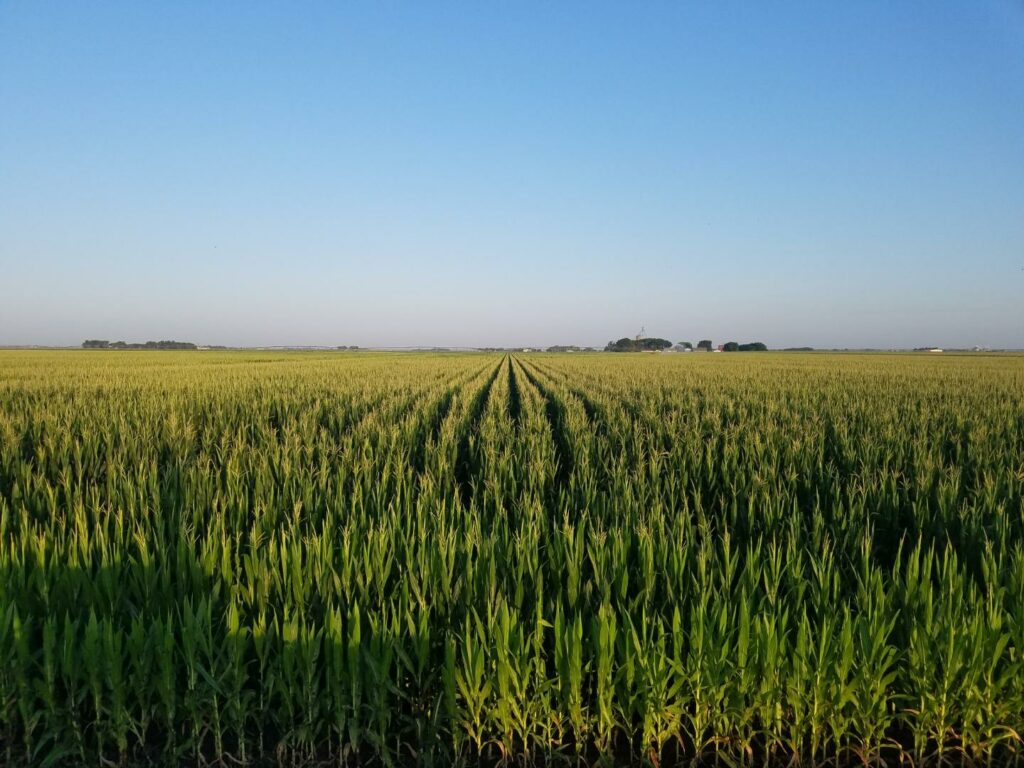Should you consider late N application with a Y-drop system in 2021?
Nitrogen availability near flowering time and during grain fill can be one of the most important factors in maximizing final yields. The advantage of a Y-drop nitrogen (N) application system appears to be greatest in dry environments as it concentrates the added N in the largest and most active root zone, and it allows N application close to flowering and early grain fill. Use of a Y-drop N application system should be considered, especially if a leaf nitrate test shows a N deficiency or if denitrification of surface applied N is a good possibility. Since there is a lot of downside risk with reduced yields due to the high corn price, this is a critical year to have a great N availability plan.
Unstabilized surface applied nitrogen could have been especially ineffective as the main N source this year, if it was broadcast applied during the prolonged dry period in mid-April through early May or in late May through mid-June. Also, in some fields this year when spring applied anhydrous ammonia did not dissipate well due to cool and dry conditions, there was damage to the corn roots in some fields, which would limit N uptake.
Corn planted Mother’s Day week (especially in southern Iowa) may have developed shallow roots, due to a lack of oxygen from excess water and soil crusting, especially in poorly drained soil. Earlier planted corn generally grew a deeper root system and could more completely capture the N in the deeper soil profile. Sometimes fields that look best during early growth, may end up the most challenged for N under a sustained drought. This happens due to focusing too much root development near the surface in a shallower root system as the surface N may have been lost due to denitrification.

